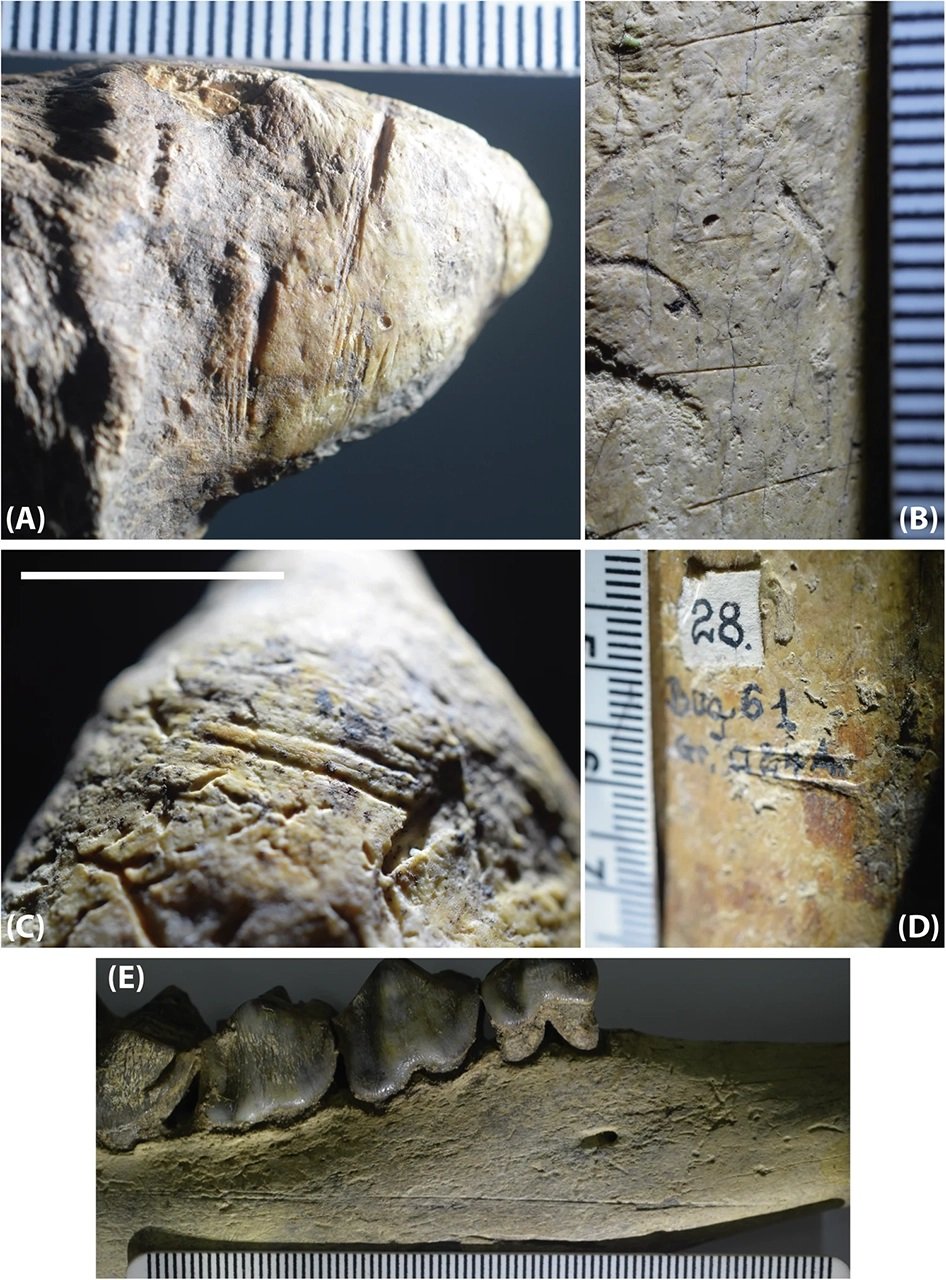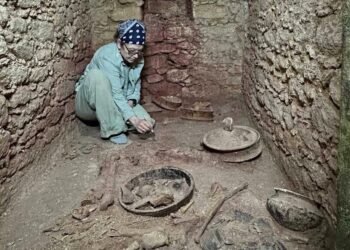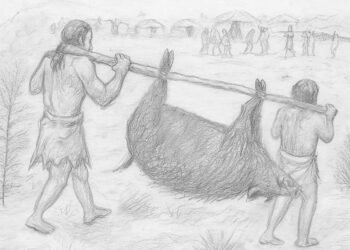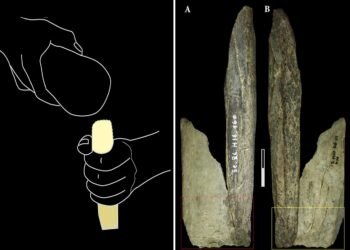
The Tetoiu Formation in the Olteț River Valley, where Grăunceanu sits, is an environment with a high level of preservation dating to the Early Pleistocene era, rich in information regarding hominin behavior. Ohio University and other institution researchers examined 4,524 samples of bones removed from Grăunceanu and concluded that 20 showed anthropogenic modifications. Definitive butchering-cut signatures characterized seven of them. Tibiae and mandibles with linear signatures were examined with high-tech 3D optical profilometry that confirmed lithic tools as the cause of the markings.
The researchers determined, with uranium-lead (U-Pb) dating, that the fossils averaged 1.95 million years in age. By combining dating with biostratigraphic analysis, Grăunceanu has been confirmed as the oldest hominin activity site in Europe.
“Our results, presented along with multiple other lines of evidence, point to a widespread, though perhaps intermittent, presence of hominins across Eurasia by at least 2.0 Ma,” said the researchers in the paper.
The Grăunceanu breakthrough is several hundred thousand years earlier than the previous oldest evidence of hominins in Europe, which dates to around 1.4 million years ago. It also rivals findings from Dmanisi, Georgia, a 1.8-million-year-old site that was previously considered the earliest reliable evidence of hominins in regions outside Africa.
The presence of hominins in Romania indicates older and possibly more sophisticated routes of migration into Eurasia. This refutes the current theory that hominins spread primarily through the Near East and then moved to Georgia and Europe.
The ecosystem at Grăunceanu during the Late Villafranchian period (2.2–1.9 million years ago) was a temperate forest-steppe with seasonal rainfall. Isotopic analyses of oxygen and carbon from horse teeth found at the site indicate mild winters and wet summers, a period that could have facilitated hominin dispersals during interglacials.
The fauna at the site includes bones of a mammoth, a rhinoceros, and an extinct European monkey (Paradolichopithecus), signifying diversity during that period. The presence of warm-adapted species like ostriches and pangolins further supports the hypothesis of favorable climatic conditions during hominin occupation of the site.
While there are strong indications of hominin presence, no direct fossil record of the hominin(s) responsible has yet been uncovered by scientists. That lack of a skeletal record raises questions about the hominin species involved.
Some have questioned the lack of supporting evidence for a continuous presence in Europe between finds at Grăunceanu and other sites subsequently discovered in Spain and France, dating to about 1.4 million years ago. The scientists, however, emphasize the patchy nature of the fossil record and the need for further exploration in underrepresented regions, particularly in Central Asia and Eastern Europe.
























Comments 0